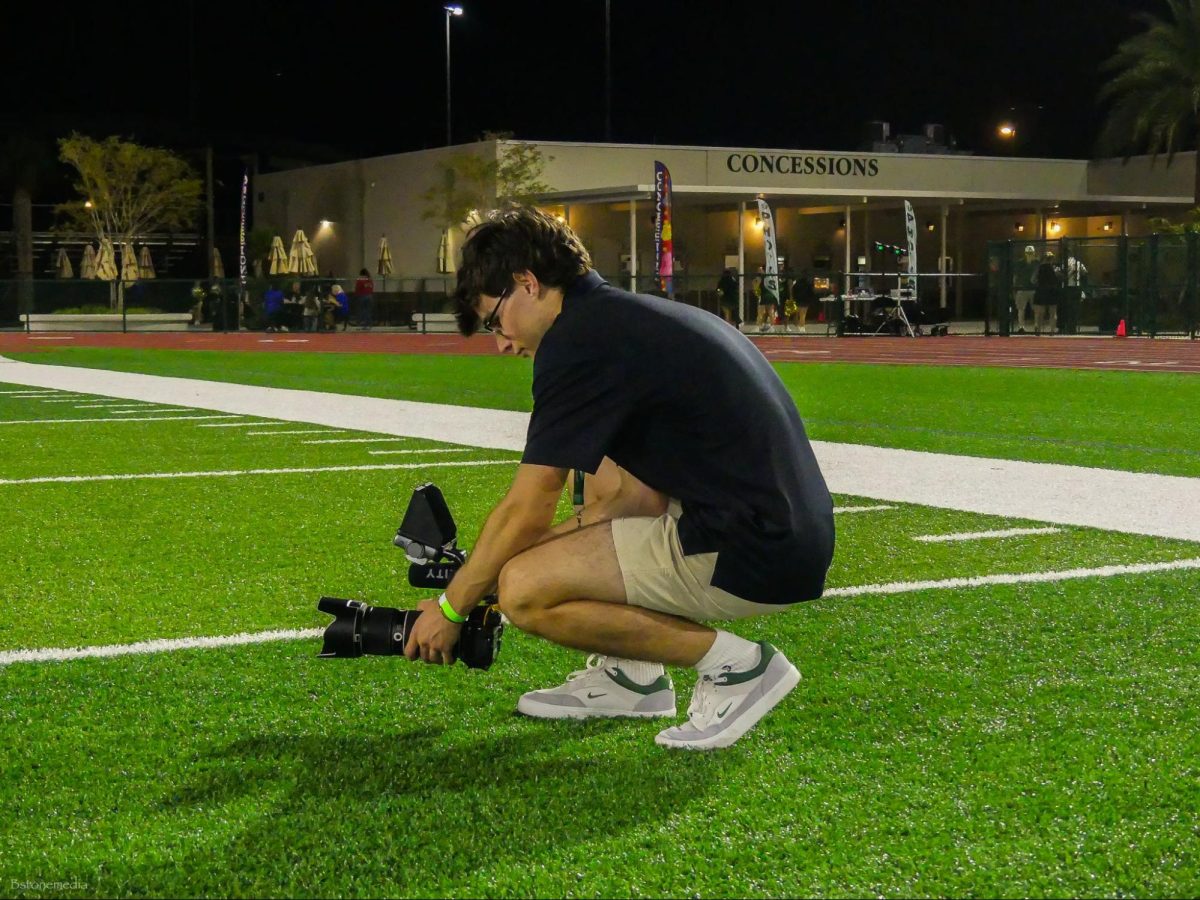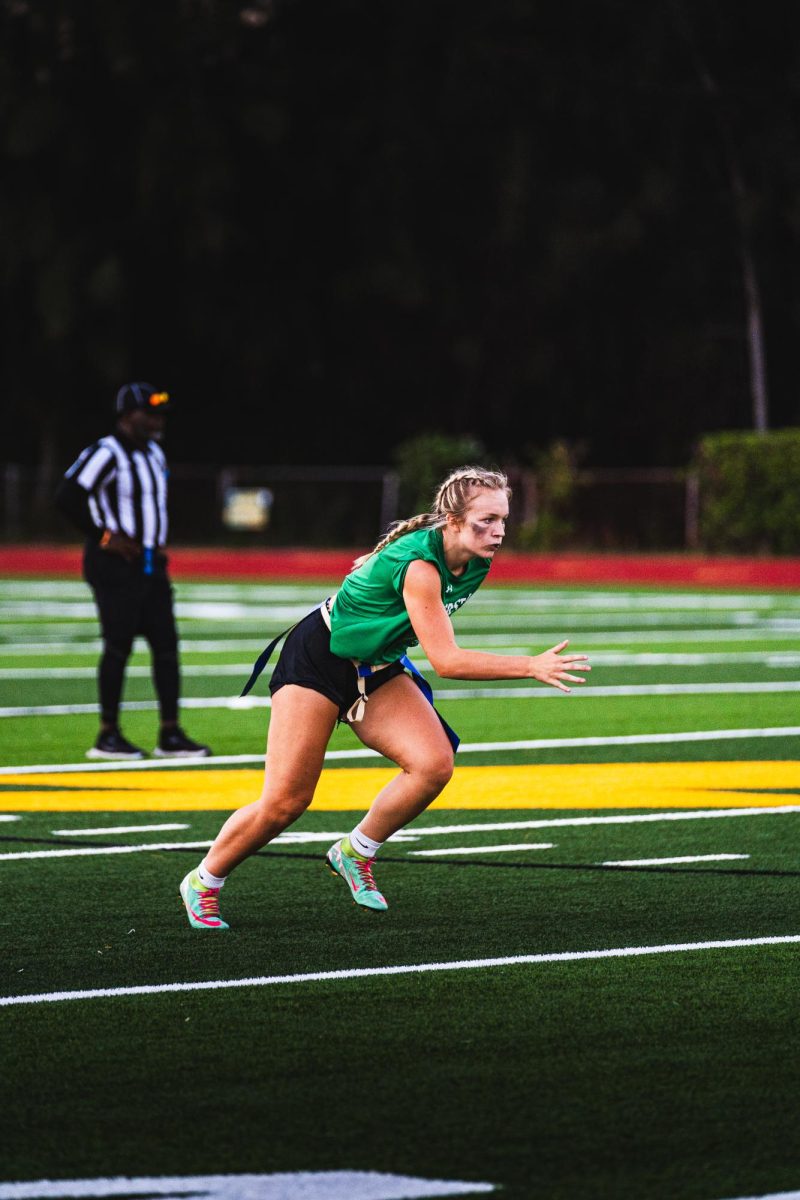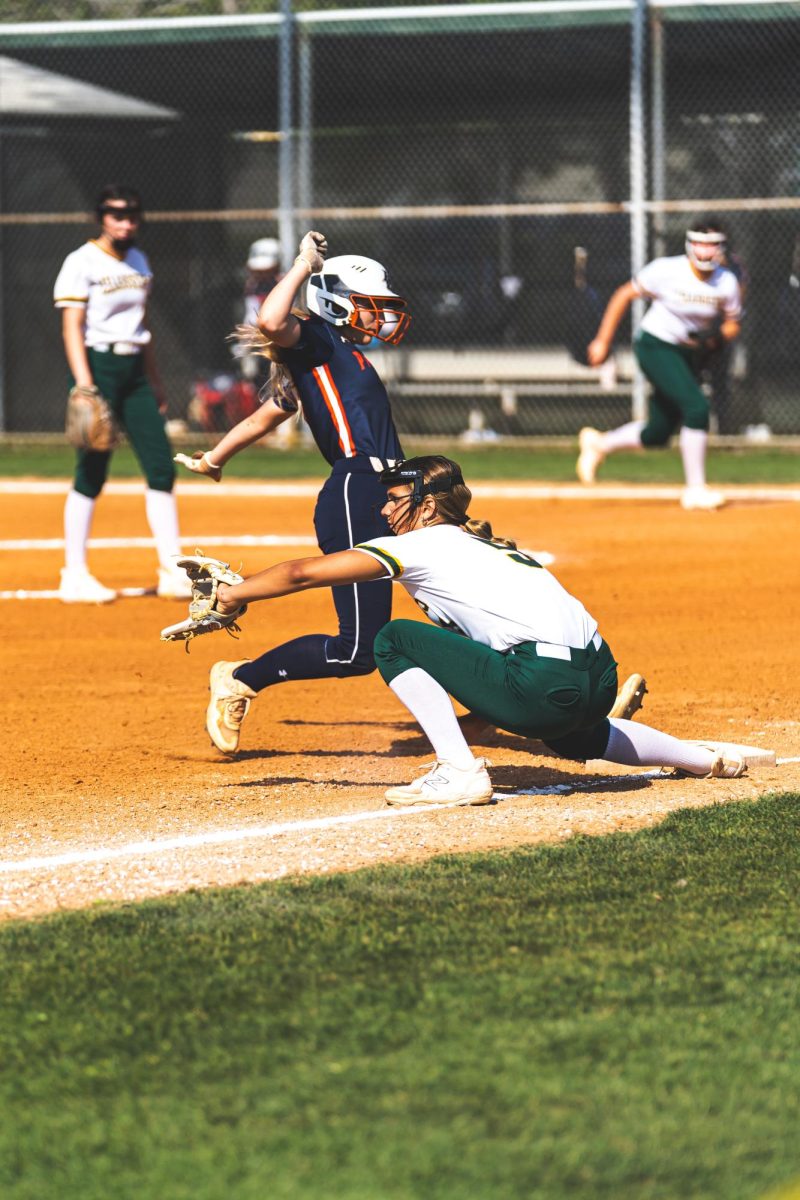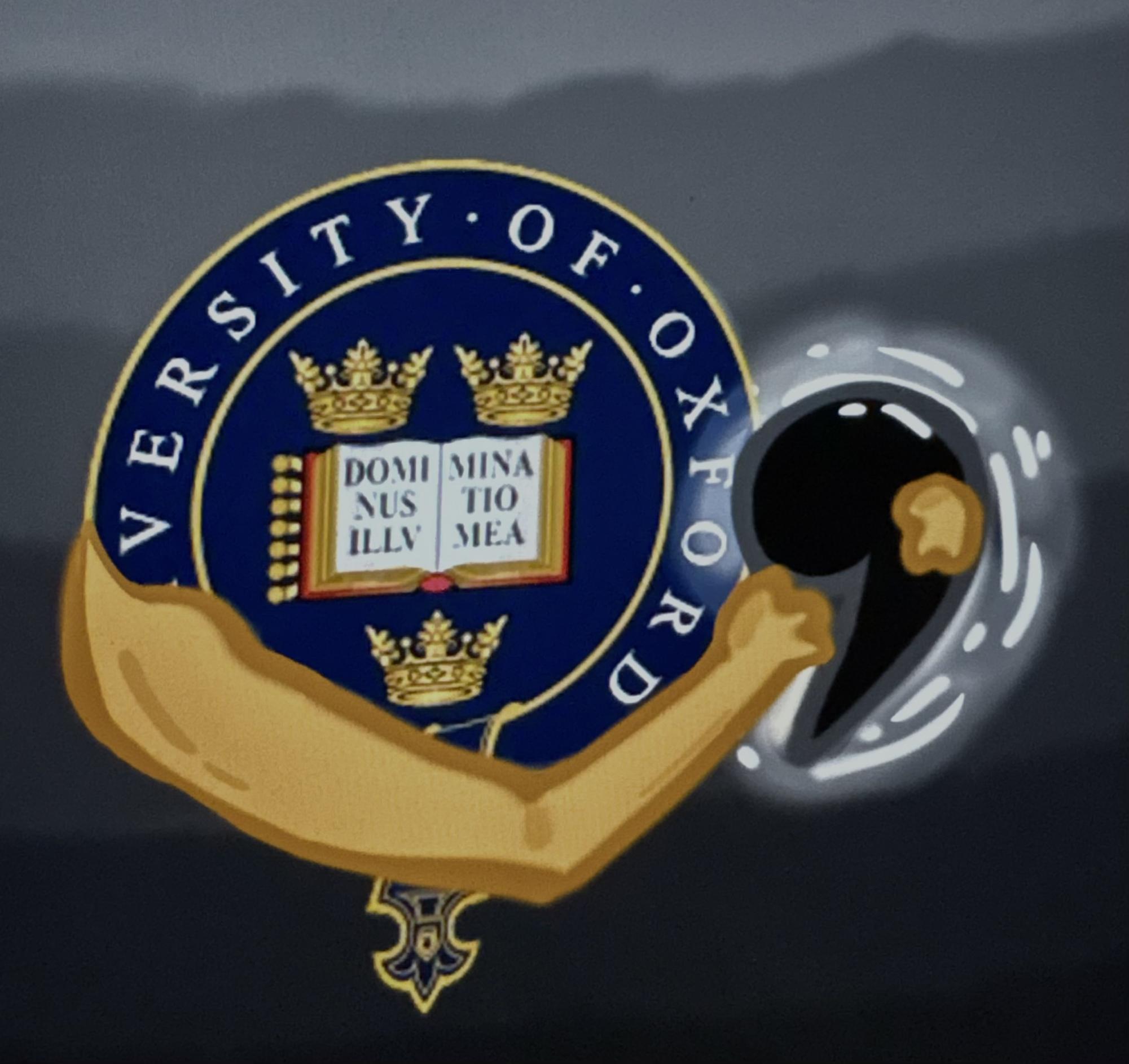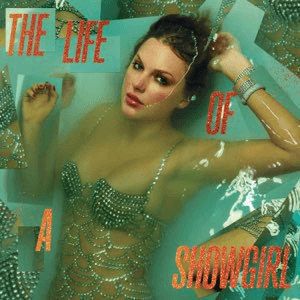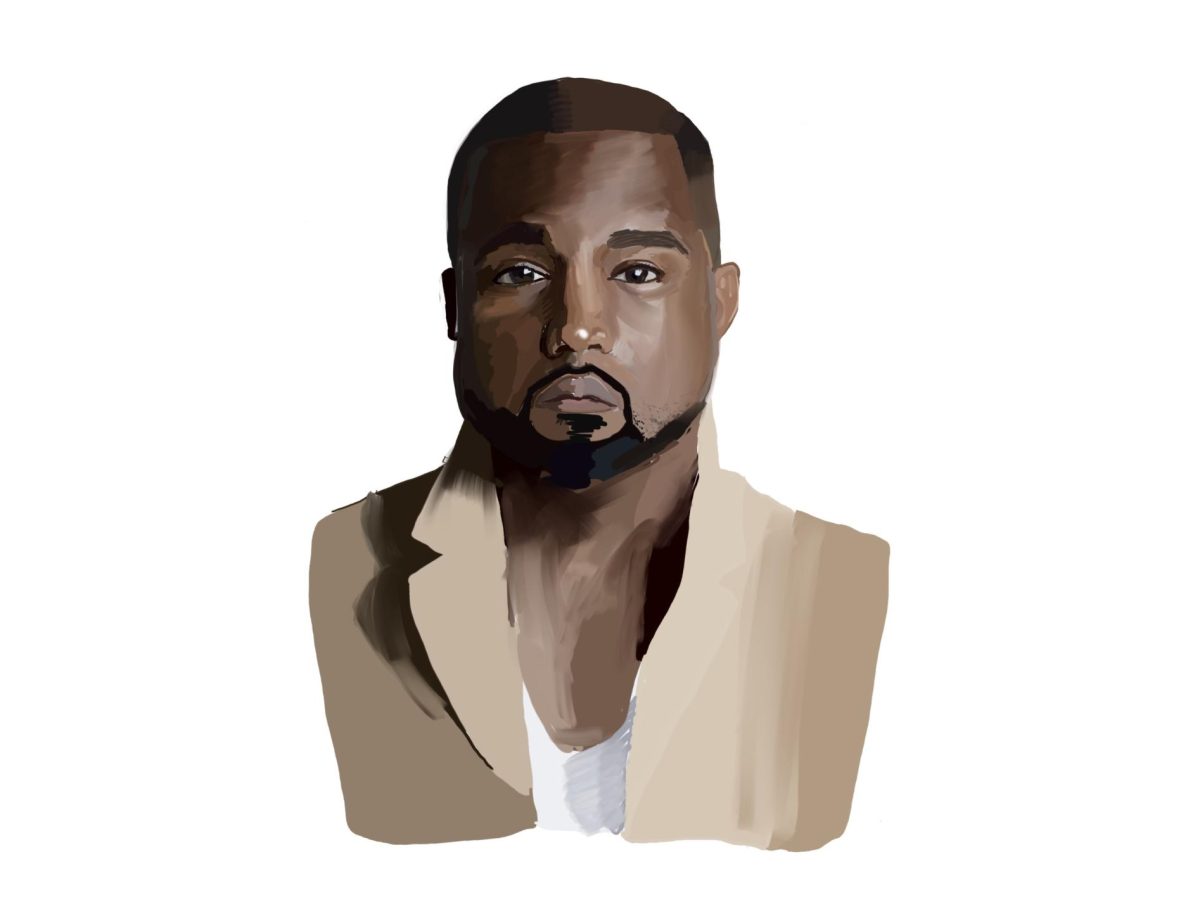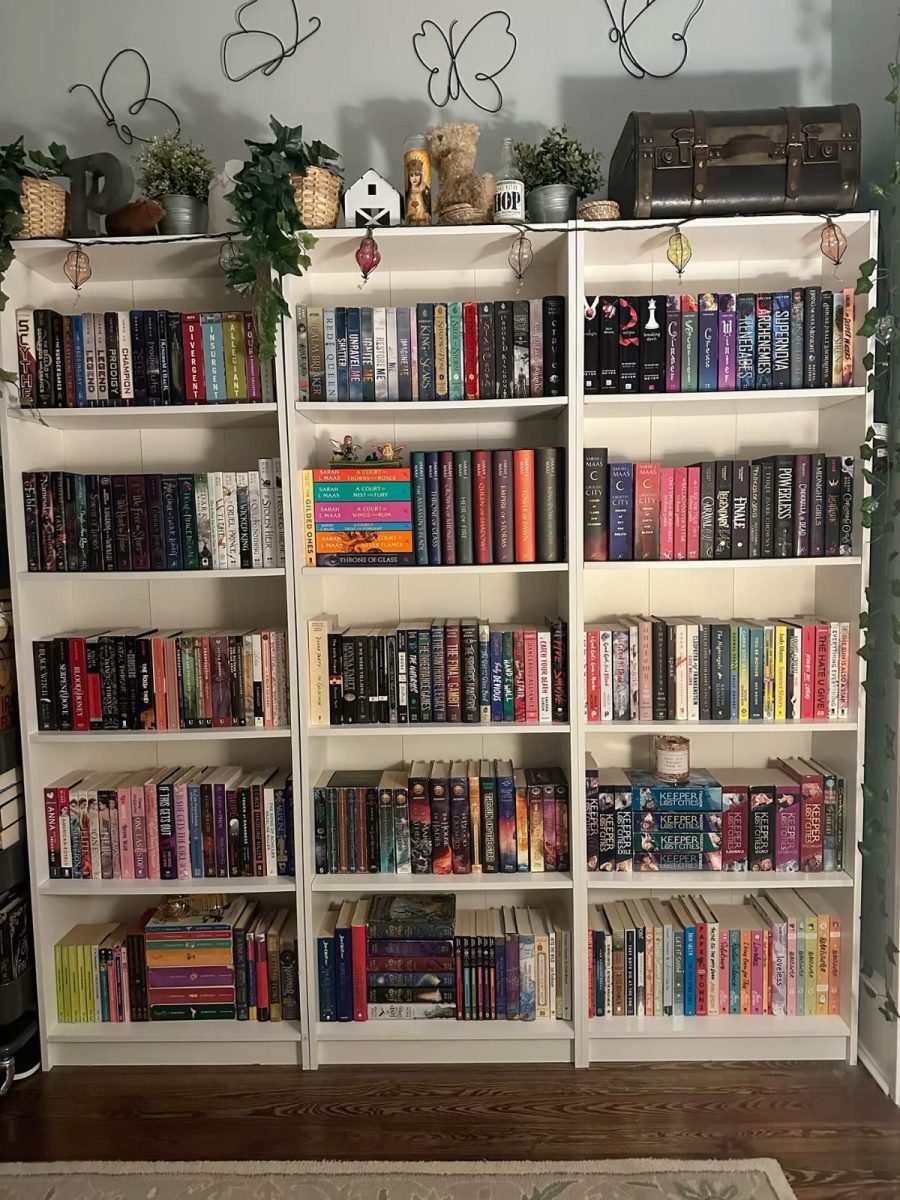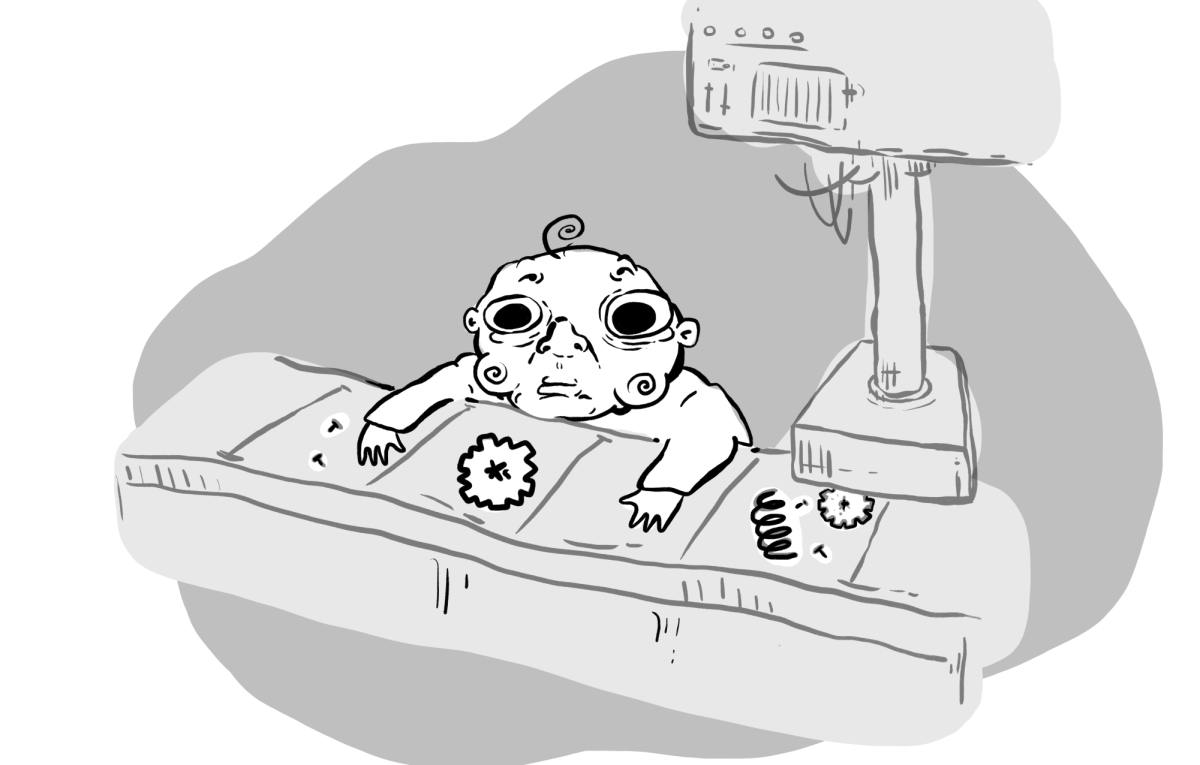It’s not just punctuation. It’s the difference between loving your parents, The Pope [comma] and Beyoncé — and loving your parents, The Pope and Beyoncé. As far as the general public is aware, Beyoncé has yet to have a child with The Pope.
Stop lying; use the Oxford Comma.
In The Chronicle’s first editor’s meeting of the 2025-2026 school year, I, among others, was beyond outraged to hear of some of the tyrannical – even blasphemous – updates to our style guide, the list of rules we follow to maintain consistency.
Among a few minor changes, we received earth-shattering information. Not only are we prohibited from italicizing “The Chronicle,” as we have with immense passion and pride since we went back to print, but we also can’t use the Oxford Comma.
As a form of protest, and because I’ve been banned from using it, as you continue reading, imagine a small and convenient punctuation mark anywhere “[comma]” is indicated.
In past years, The Chronicle has sent our strongest stories to be considered for recognition by organizations such as the National Scholastic Press Association (NSPA). Among the legions of positive feedback our staff has received, one piece of criticism showed up time and time again: our failure to conform to social norms, our unwavering free-thinking nature [comma] and our unwillingness to follow our friends off the metaphorical cliff. In other words, our style guide.
The Oxford Comma itself came to fame in 1905 when a man named Horace Hart mandated its use in Oxford’s publication, The Oxford University Press.
Placing a comma before the last subject in a list has been questioned since modern grammatical rules became widespread. This was the first time in history that it was ever recognized as the critical communicative tool that it is.
Repeat after me, folks: I love pizza, ice cream [comma] and french fries.
Now, try without pausing before the word “and.” Like this: I love pizza, ice cream-and french fries. We’re also newly forbidden from asking rhetorical questions, so I won’t. But I know that sounded weird. Some do feel, though, that the rules are the rules. Honestly, I can’t blame them. All of this for one comma doesn’t always seem that worthwhile.
“You choose to write in a journalistic style, and that is what it is,” US English Teacher and 11th Grade Dean Natalie Updike said. “I think it’s a holdover from print journalism, where they didn’t have enough character space on the page…But grammatical traditions, I guess, don’t die easily, even though it’s really not that deep.”
And Updike is absolutely right. Traditionally, every ounce of space wasted on a print is more money lost. That’s how the style guide came to be: something consistent, reliable [comma] and most importantly, resourceful.
So, yes, I understand. Realistically, it’s an unnecessary use of space. But let’s be honest, it’s a comma. I just used four. Up to this point, you’ve just read 35 through just over 500 words. If I deleted them all, I would gain about one line of space. You would lose an extra two minutes trying to decipher what I’m saying.
My point? I don’t care. I’ve seen the reasoning, I learned the history [comma] and I’ve just about overcome my distaste for those who disagree with me, all to try and discover why some people can just be so wrong. There will always be people who choose to jump off a cliff.
My message to you is don’t follow them. Think freely, express yourself [comma] and most importantly, place a comma when you pause. If you don’t, Jay-Z will be very upset to learn that you’re his wife’s new love child.


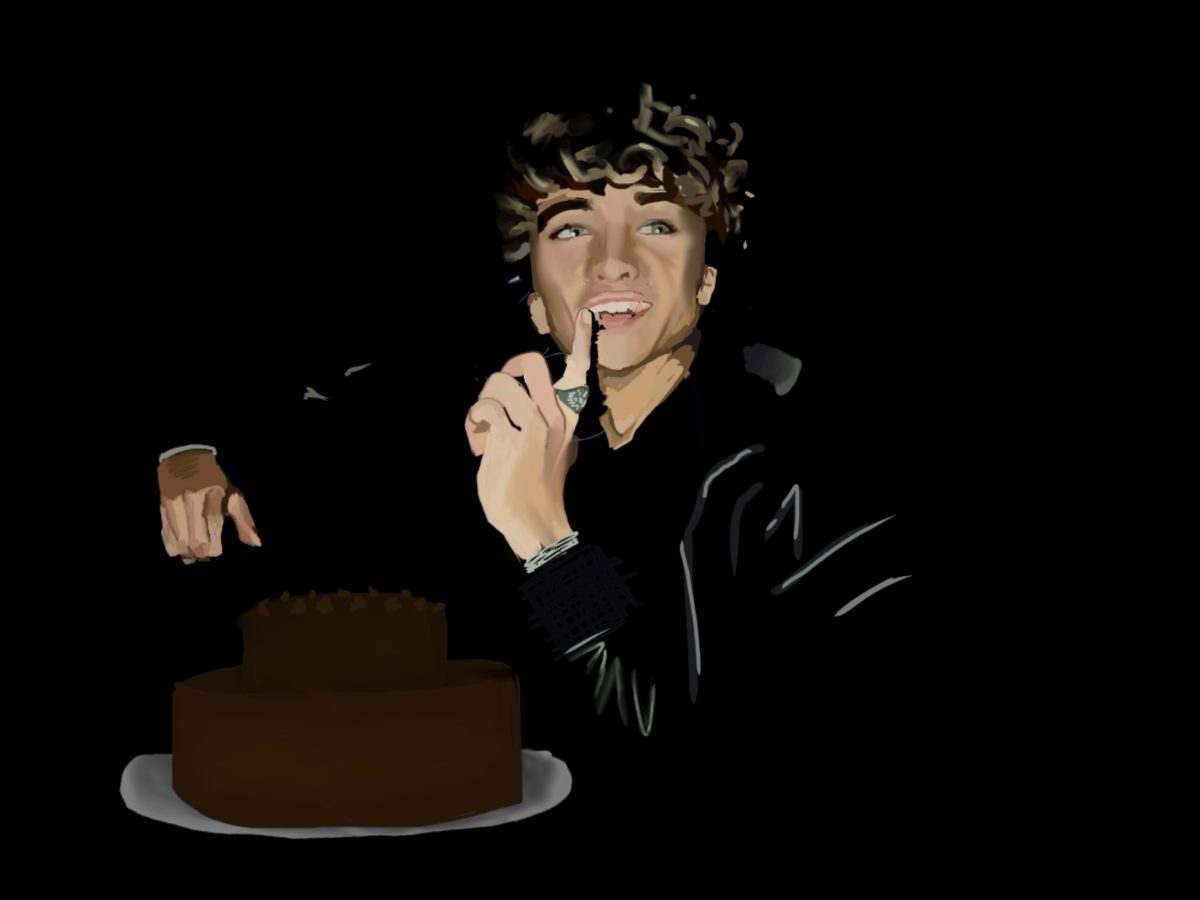
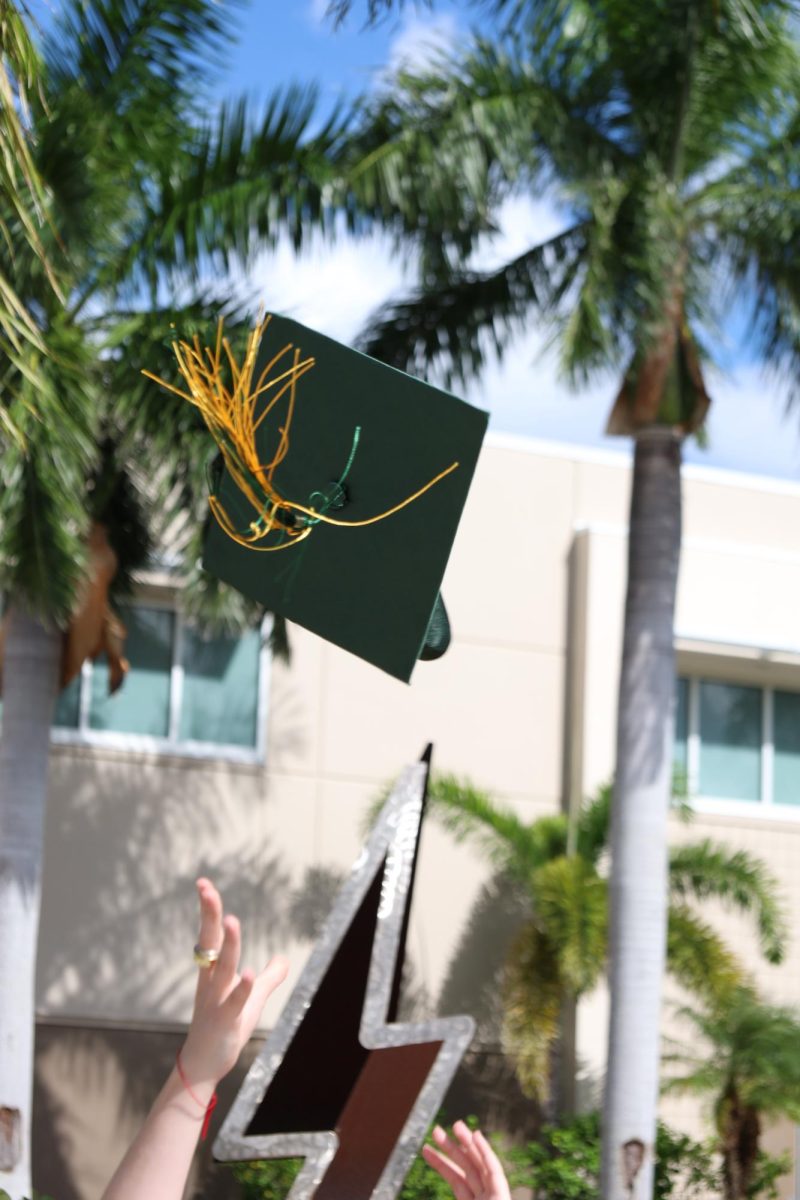
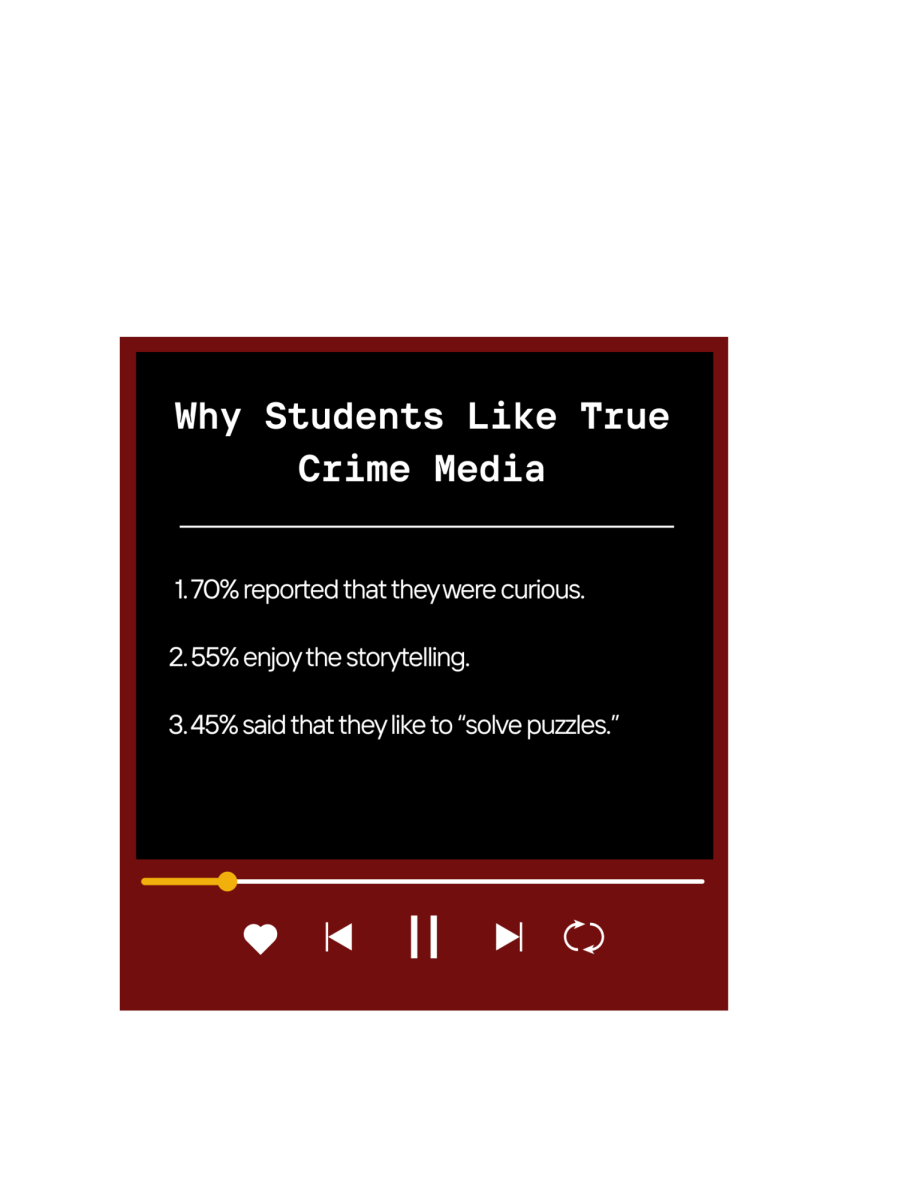
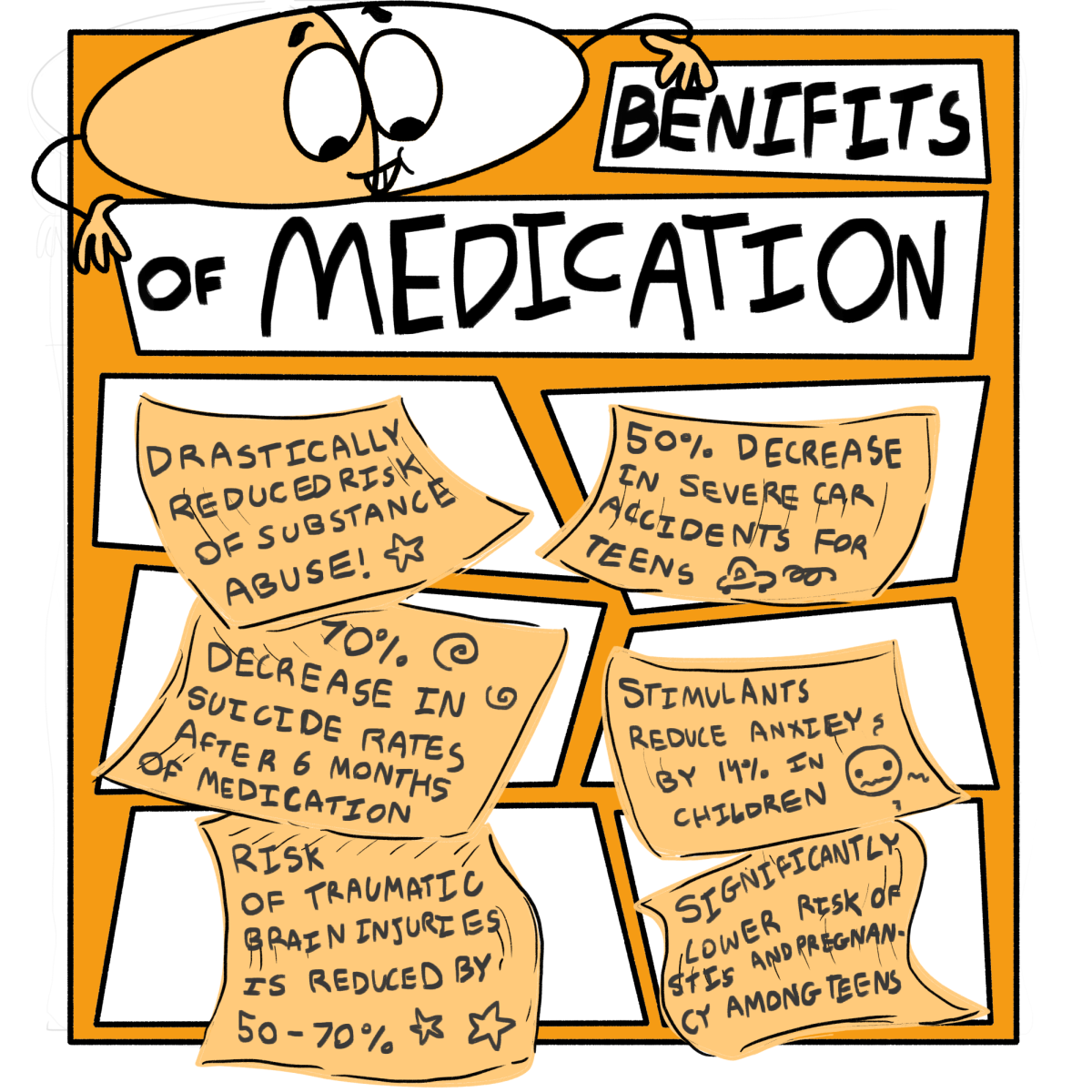


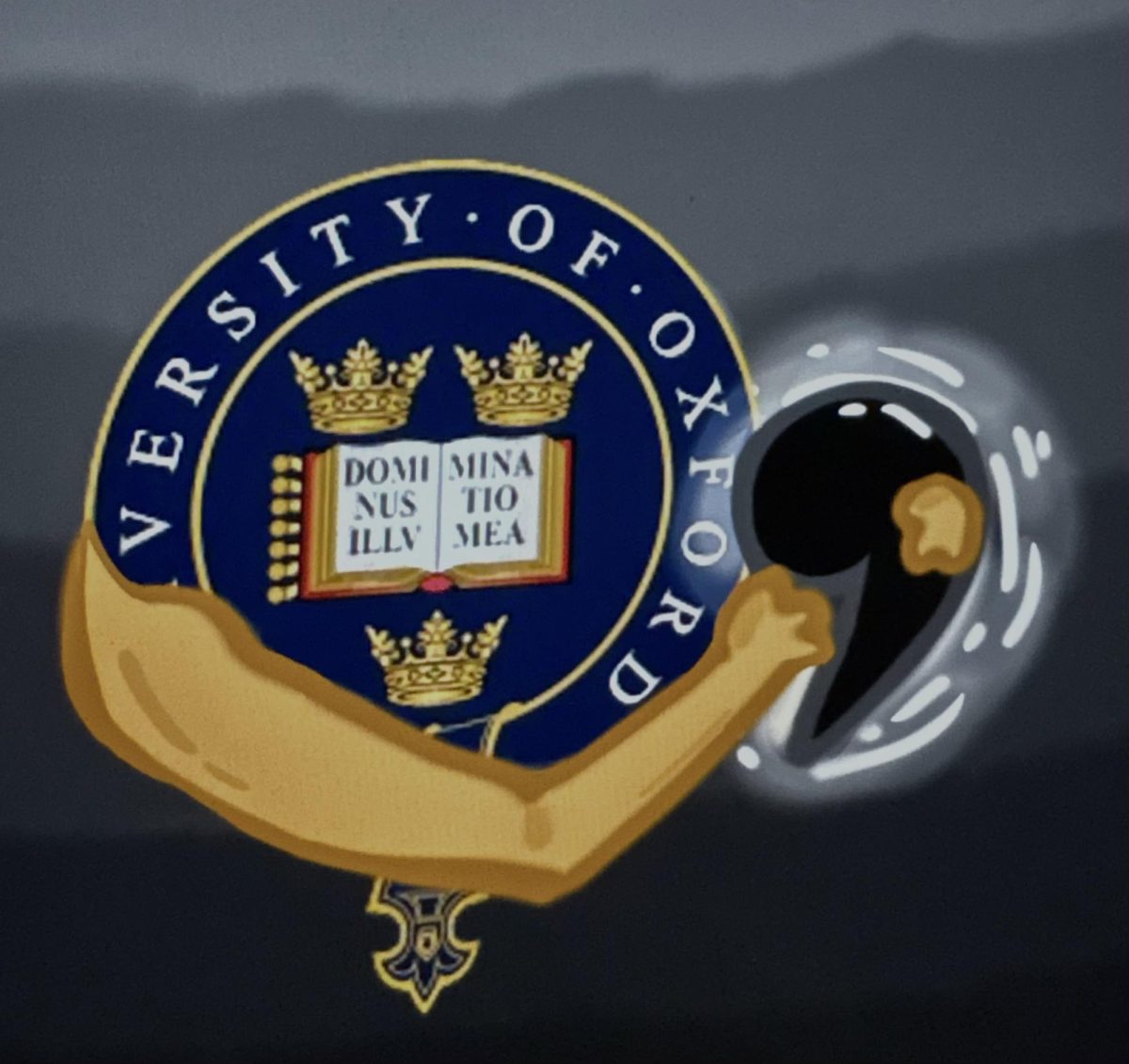

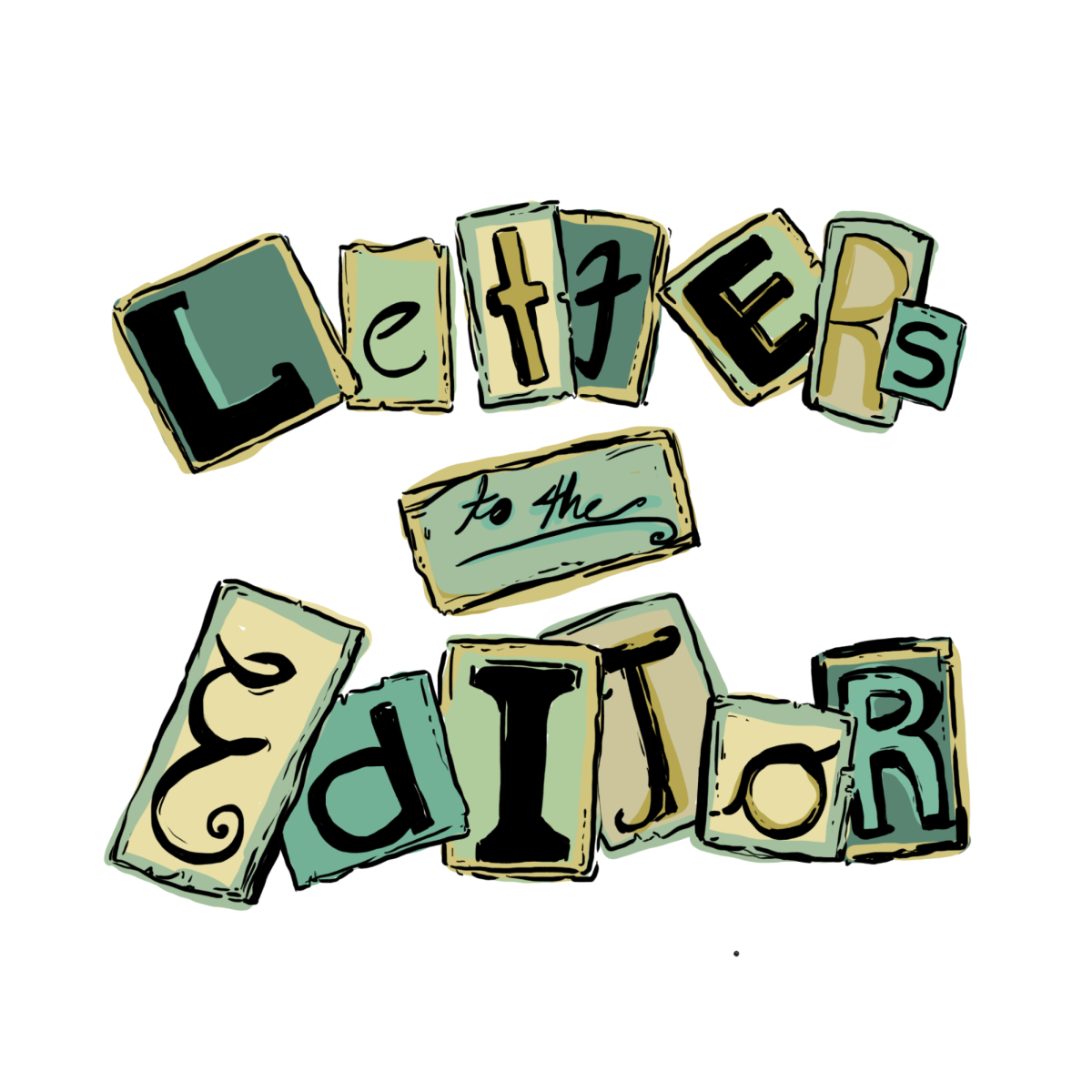
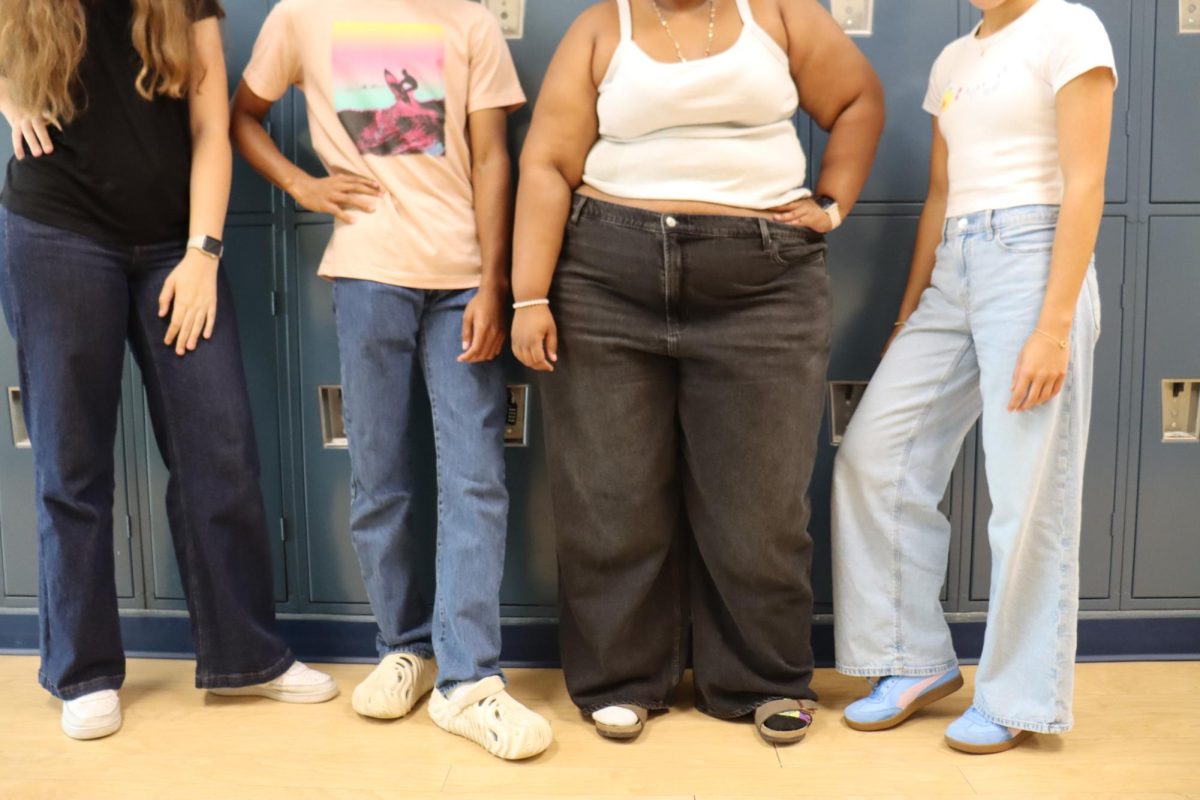




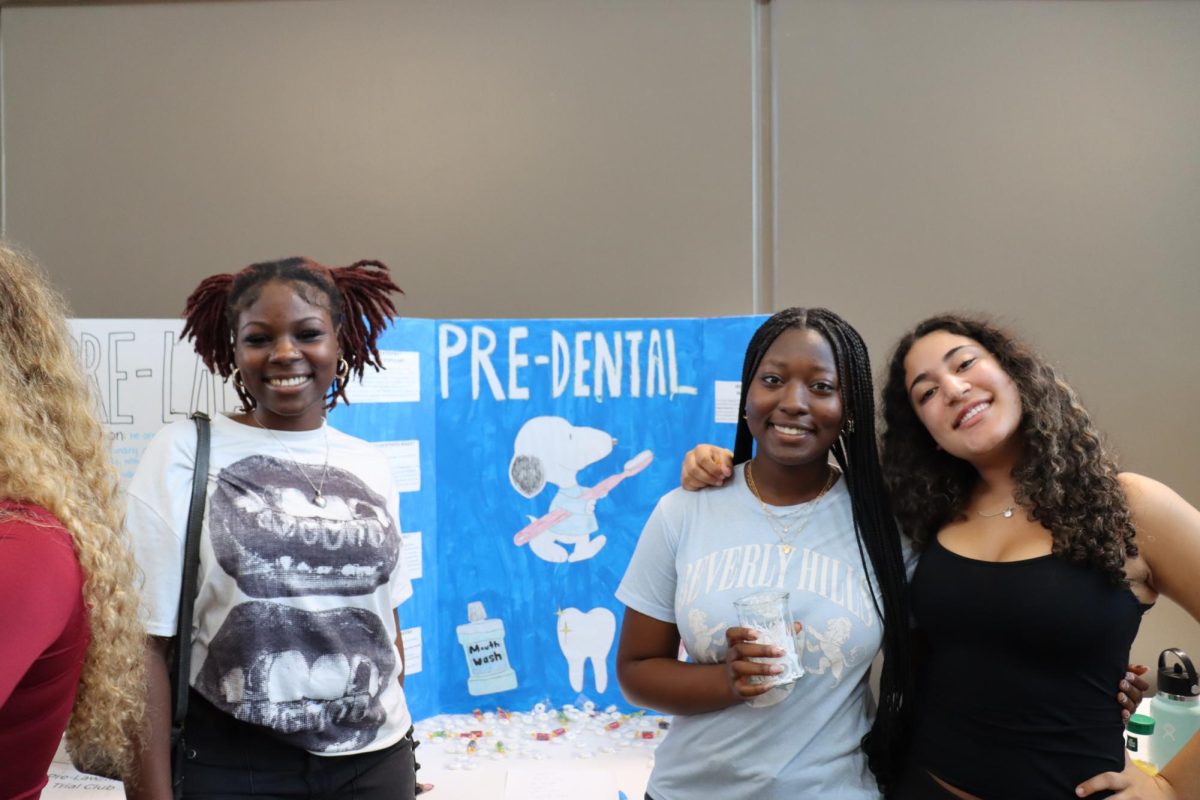

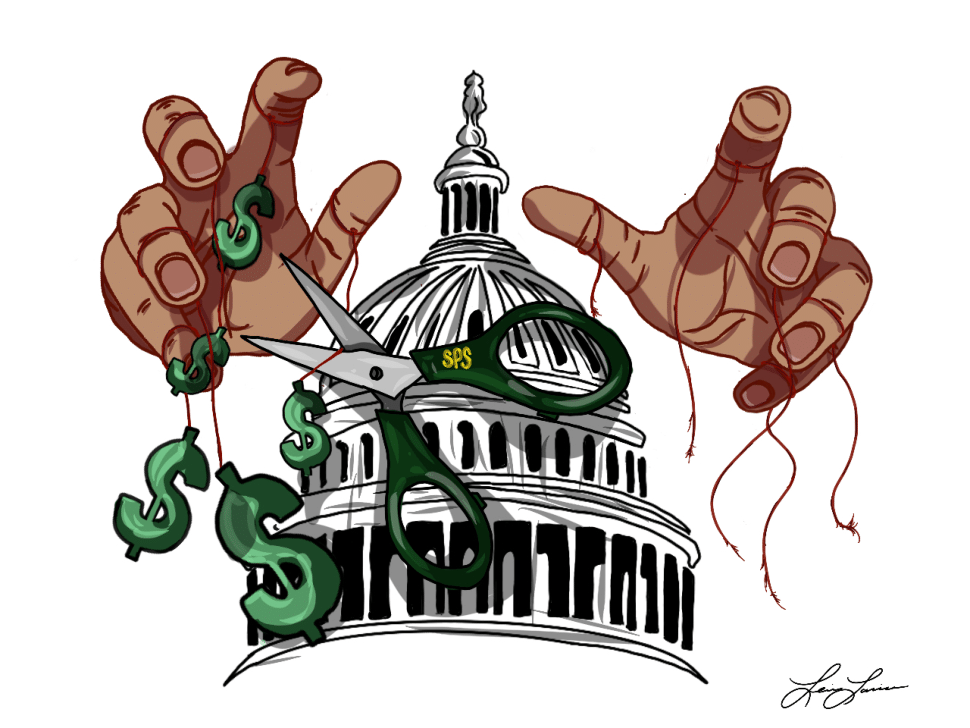
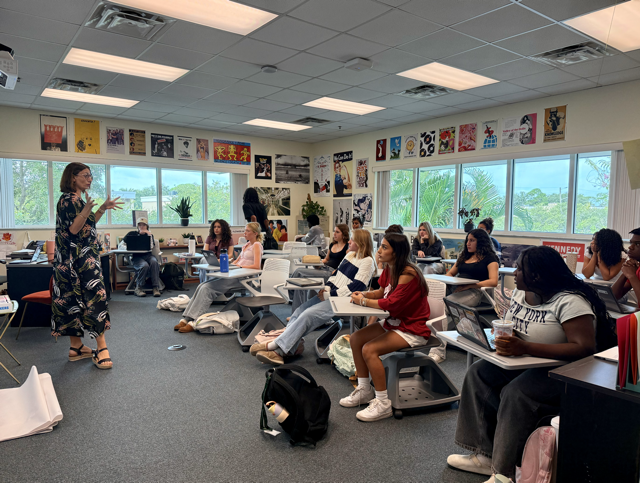
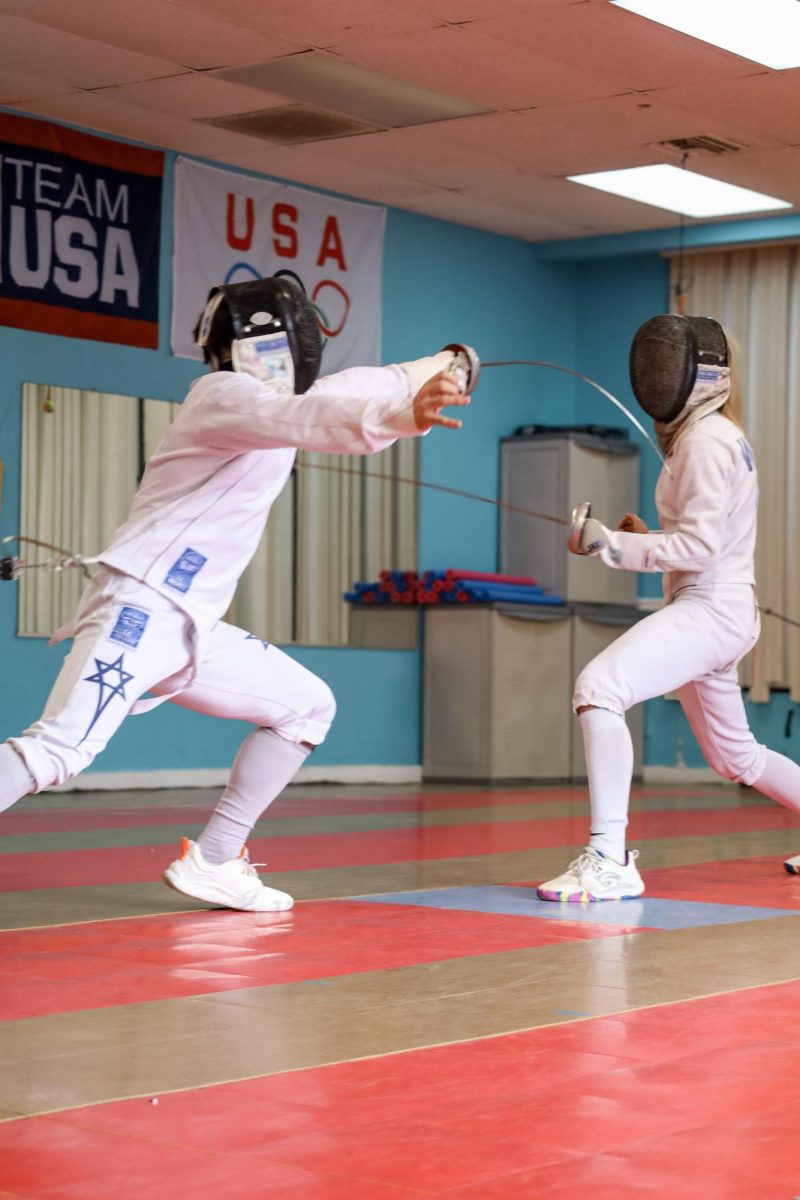
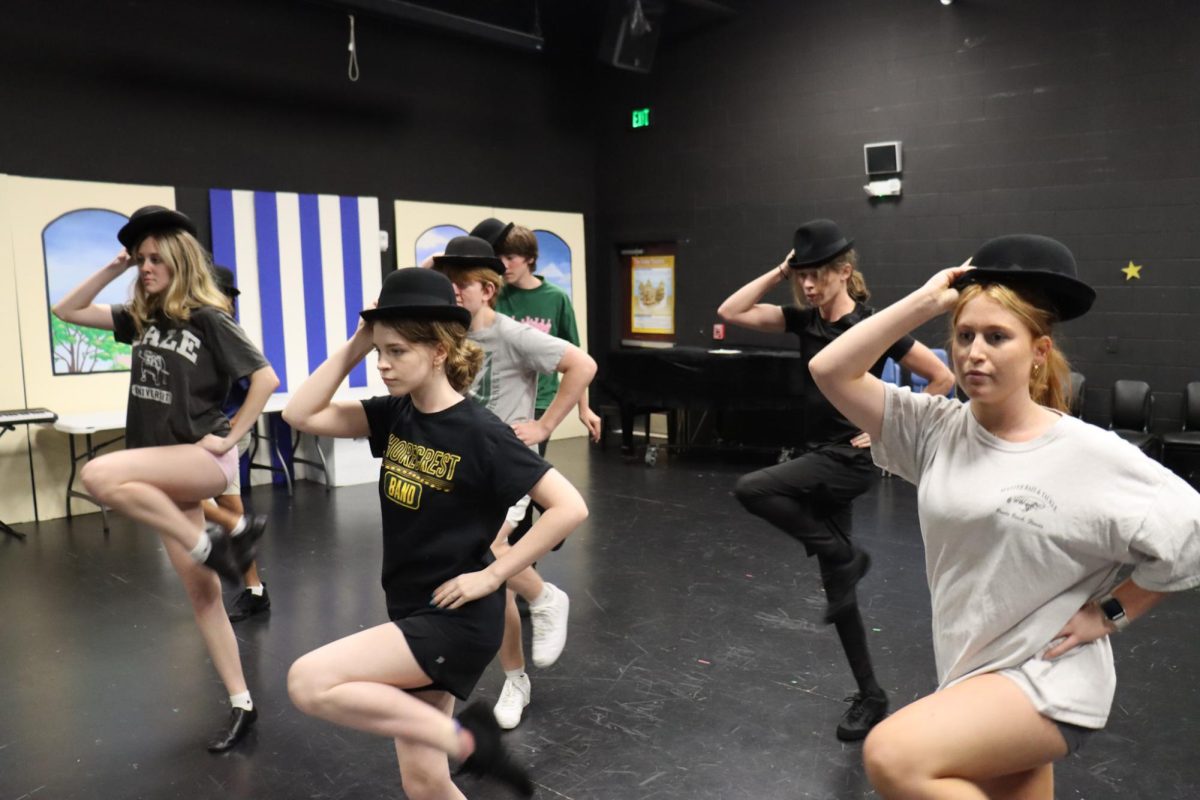
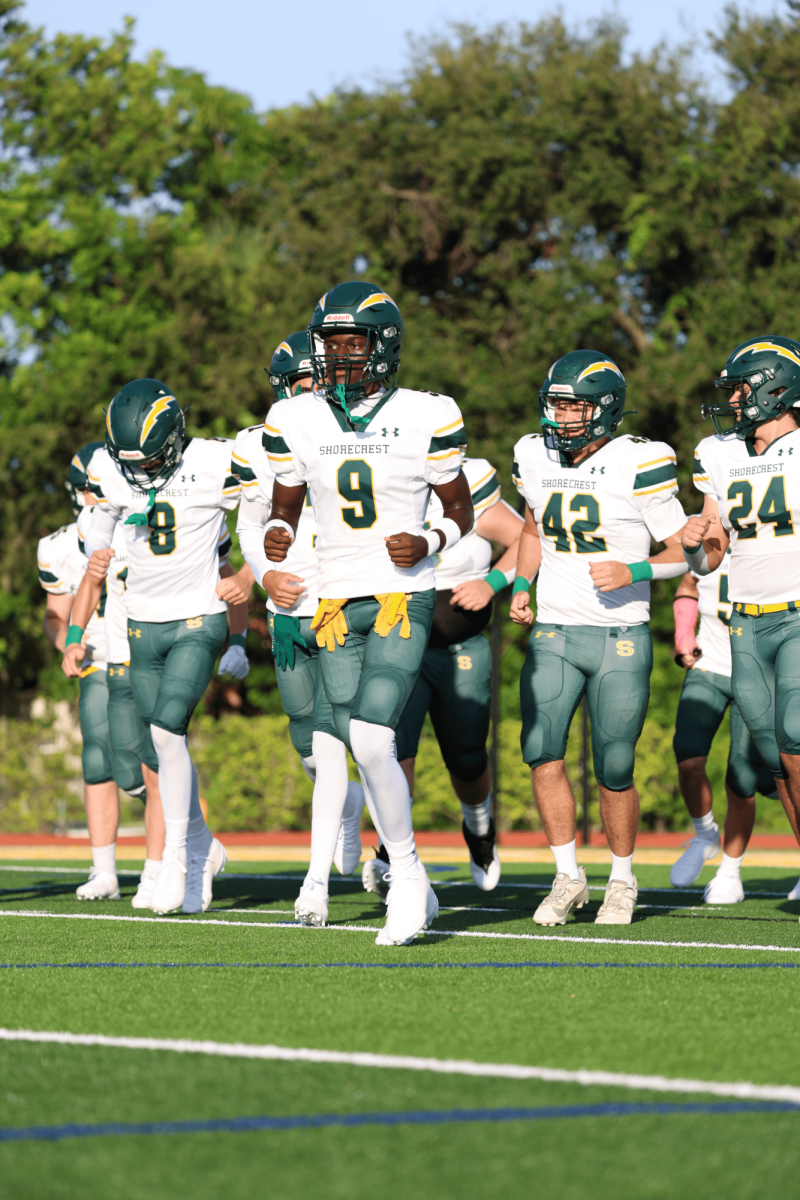

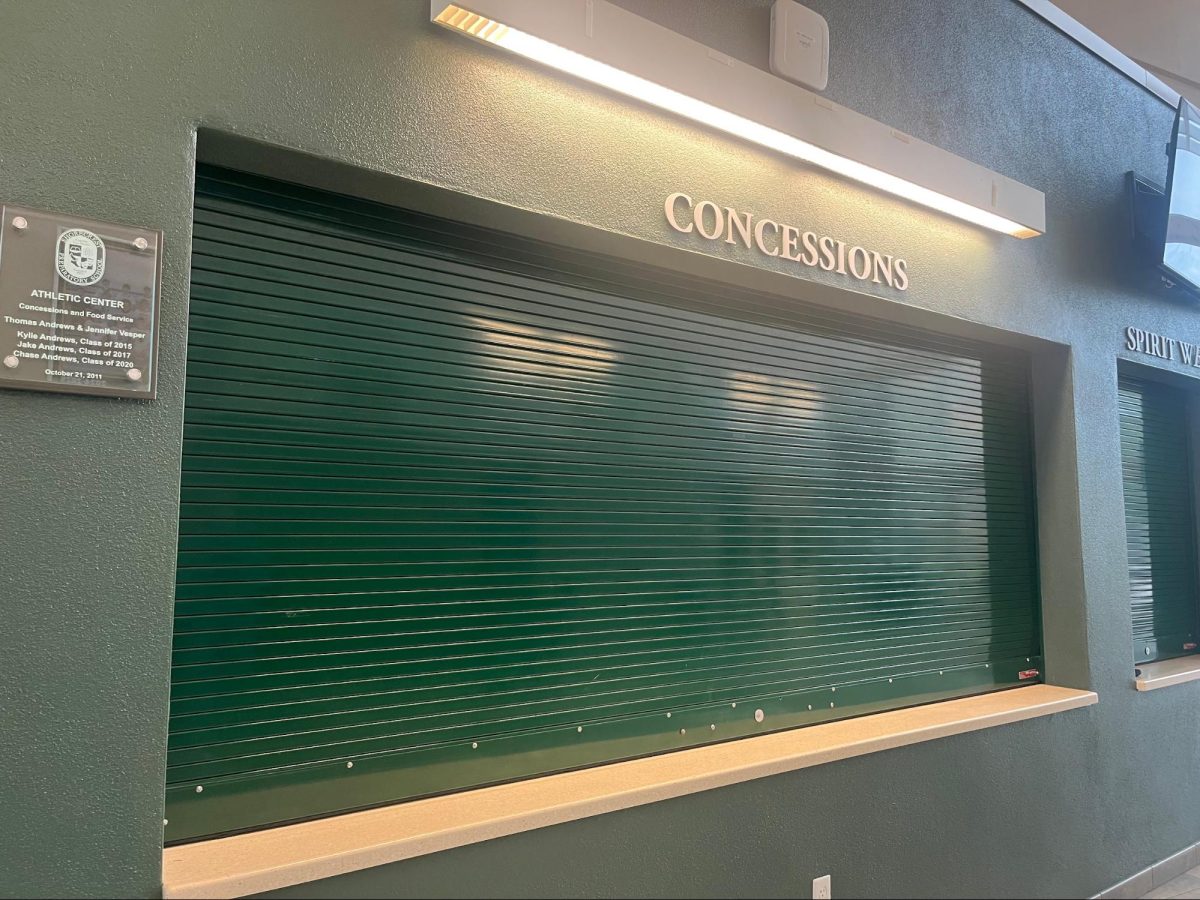









![Thespians pose on a staircase at the District IV Thespian Festival. [Front to back] Luca Baker, Maddison Cirino, Tanyiah Ellison, Alex Lewis, Summer Farkas, Jill Marcus, Ella Mathews, Sanjay Sinha, Isabella Jank, Sofia Lee, Boston Littlepage-Santana, Sally Keane, Tyler Biggar, Tanner Johnson, Jasper Hallock-Wishner, Remy de Paris, Alex Jank, Kaelie Dieter, and Daniel Cooper. Photo by Michael McCarthy.](https://spschronicle.org/wp-content/uploads/2024/12/image1-900x1200.jpg)




